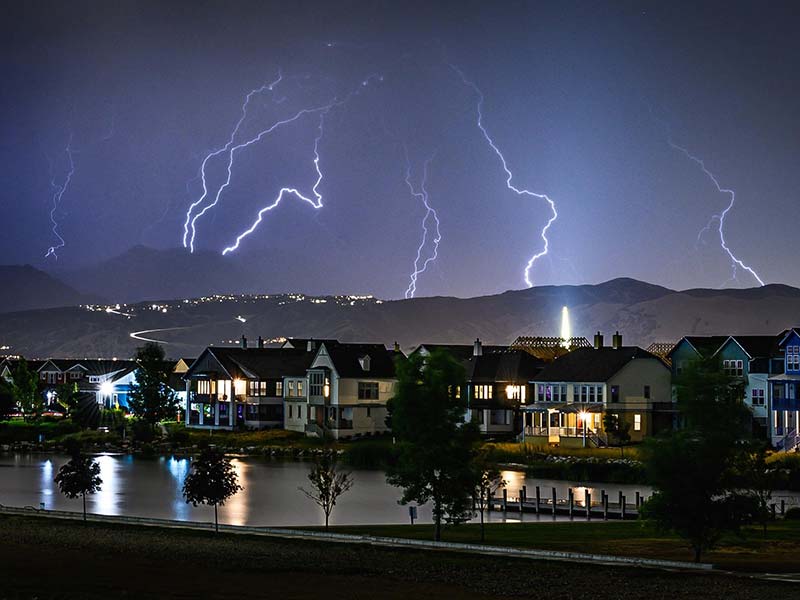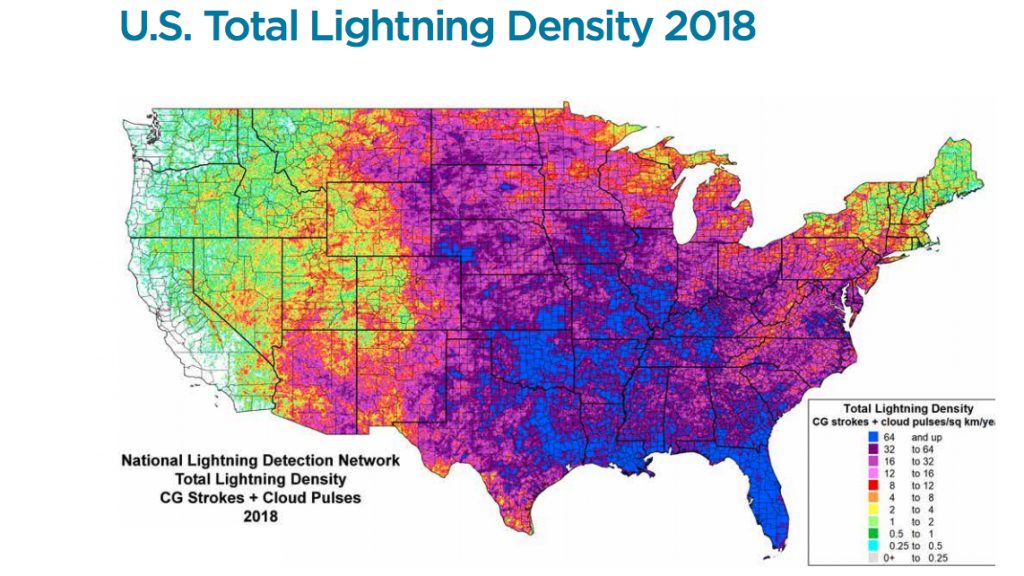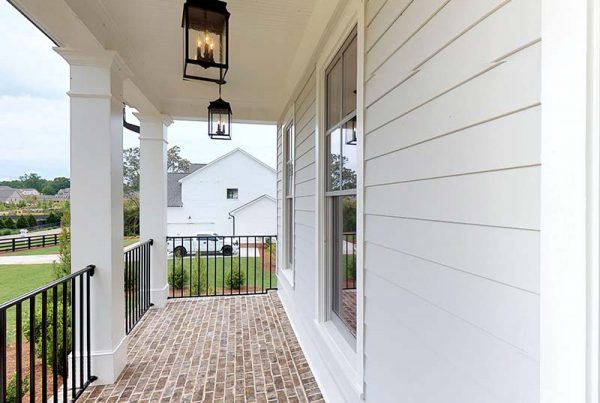You’ve just survived another lightning storm in your area, and after hearing a loud crash of thunder nearby, you’re now wondering whether or not you should install a lightning rod (or multiple) on your home. Is it necessary? And, if you should install, how much will it REALLY help?
In this article, we’ll explore this idea and provide you with the knowledge needed to make the best decision for protecting your house with one or more lightning rods.
 1. Do You Have Something Worthwhile To Protect?
1. Do You Have Something Worthwhile To Protect?
A lightning strike can quickly heat up and damage your home’s wiring and electronic devices. Even with whole-home surge protection in place, a direct strike of lightning will bypass any surge suppression installed throughout your home and go on a destructive rampage. The only way to stop a direct lightning strike is to prevent it from ever happening in the first place, and deciding whether that is necessary comes down to what electronics you have within your home.
If you have an expensive set of appliances, a room filled up with electronic devices, a home office, an electric car, or something that would be devastating if destroyed; it’s worth considering a lightning rod. And, as you reflect on what you have, remember it’s not just about the cost of replacing it, but also the hassle and potential sentimental value you may have for that electronic device you don’t want to be destroyed.
2. Are You In A Lightning Strike Zone?
There are two ways to find out if you’re in a lightning hot zone. First is by the number of insurance claims by lightning damage. Based on this factor, the following states are the most susceptible to lightning strikes in the United States (according to the NU Property Casualty 360).
- Florida
- Texas
- Georgia
But according to State Farm, Georgia is actually number one for the volume of lightning strike claims (3,844 claims for $21 million). Either way, Georgia is a top state for claims. But, the number of actual lightning strikes goes to several other states.

In their 2018 lightning report, Vaisala indicates the actual number of lightning strikes varies from the claim ranking above. Here are the number of hits by state. While Georgia has a large number of claims, it’s number 10 on the total actual strike count.
- Texas: 2,483,805
- Florida: 1,385,710
- Oklahoma: 958,925
- Kansas: 928,760
- Nebraska: 889,019
- Louisiana: 854,871
- Arkansas: 768,168
- Missouri: 711,222
- New Mexico: 699,719
- Georgia: 693,776
While the information does differ between strikes and claims, we recommend diving into the data, the maps, and finding out how your local area fares when it comes to lightning strikes Get a clear picture of how at-risk your home is for lightning strikes before making a decision.

3. Do You Have A Natural Lightning Rod?
While you may not have realized it, your home may already have a lightning rod or several for that matter. If you have a tree taller than your home within 10 feet of the edge, it will act as a lightning rod for your house. Pretty cool, yeah?
Now, if you like that tree, you may want to install a lightning rod for its protection 😀 And, based on the size of the tree and where it’s located, you may still need a lightning rod in another area (or near a really tall tree that may channel the lightning into the house).
4. How Many Lightning Rods Do You Need?
The size of your house, the number of levels, and the surrounding tree coverage all factor into whether a single lightning rod will be sufficient or if you’ll need multiple units across your home’s roof.
You’ll want a specialist to come out and adequately evaluate the situation to determine the number that would most effectively protect your home from a catastrophic strike.
Wrapping Up
If you determine the factors for whether you’ll want to install a lightning rod on your home are sufficient; the next step is finding the right contractor, surveying your home, installing the system, copper wiring, and building the delta grounding system to channel the lightning strike energy.








